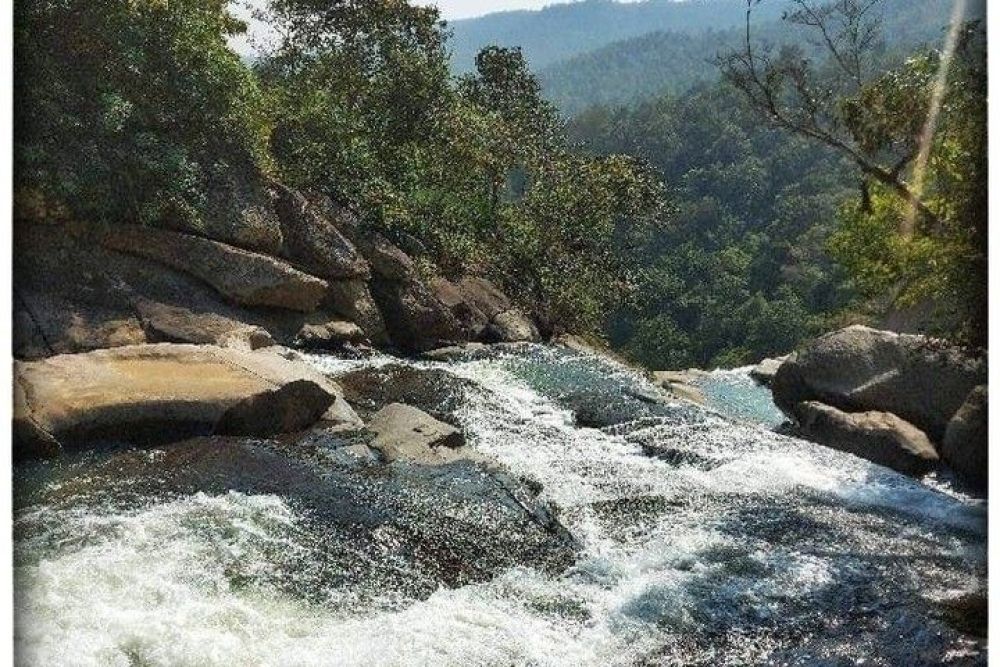

Located in the serene and lush landscapes of Netarhat in Jharkhand, Sadni Falls is one of the most enchanting and lesser-known waterfalls in India. The history of tourism in this region is relatively recent compared to other more established destinations in the country. With the state of Jharkhand being formed in the year 2000, the focus on developing tourism has gradually increased. Sadni Falls, with its breathtaking beauty, has become a focal point for visitors looking to explore the unspoiled natural beauty of the region.
The word Netarhat is believed to derive from 'Neturhat', which translates to a 'bamboo forest' in the local language. This plateau region, often referred to as the "Queen of Chotanagpur," has been a retreat for the colonial British officers during the summer, but it remained primarily off the radar for mainstream tourism until late.
Tourism in Netarhat, and places like Sadni Falls, started gaining traction with domestic travelers in the early 21st century. As infrastructure improved and the natural beauty of the area became more widely known, more adventurous travelers began to visit.
Sadni Falls is approximately 35 meters high, cascading gracefully and forming a pool below. The waterfall is most spectacular during the monsoon season when the water volume is at its peak. Visiting the falls allows travelers to not only witness the beauty of the waterfall but also explore the surrounding forests and tribal heritage of the area.
In recent years, there has been a significant shift towards eco-tourism and sustainable travel. The pristine environments in and around Netarhat, including the Sadni Falls, have been the focus of these efforts. Tourists are increasingly looking for experiences that are in harmony with nature and the local culture.
Visitors are also interested in adventure tourism, with trekking, rock climbing, and camping being popular activities. The local government and tourism boards are working to promote these activities while ensuring the conservation of the environment.
Access to Sadni Falls has improved over the years, with better roads and transportation options. While still somewhat remote, the effort to reach this enchanting waterfall is a part of its allure, offering a reprieve from the bustling cities and allowing tourists to connect with nature.
As tourism has grown, so have efforts to ensure Sadni Falls and its surroundings are preserved for future generations. Conservation initiatives by the state government and local communities are in place to protect the natural landscape and wildlife, as well as to support the local economy through responsible tourism practices.
Sadni Falls offers a window into the heart of India’s natural beauty and cultural richness. With a growing awareness and appreciation for sustainable tourism, it stands as a beacon for travelers seeking solace in the lap of nature while also contributing to the preservation of this stunning environment.